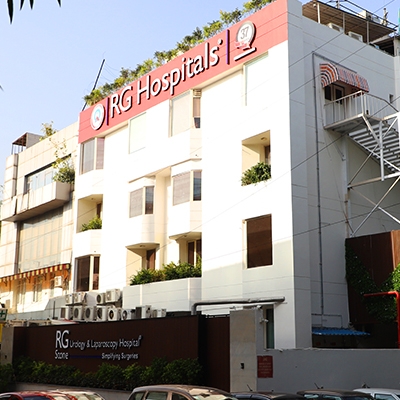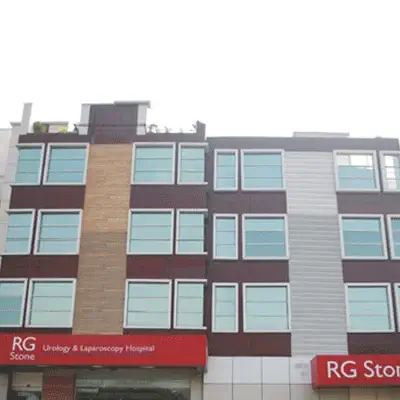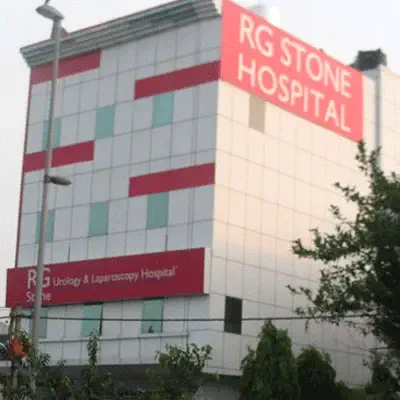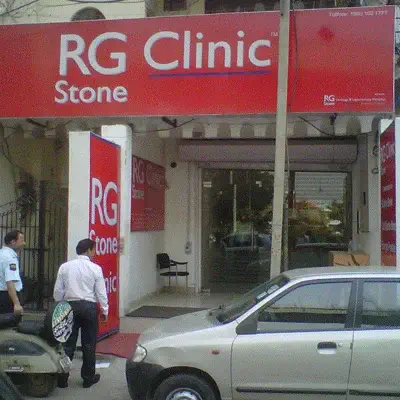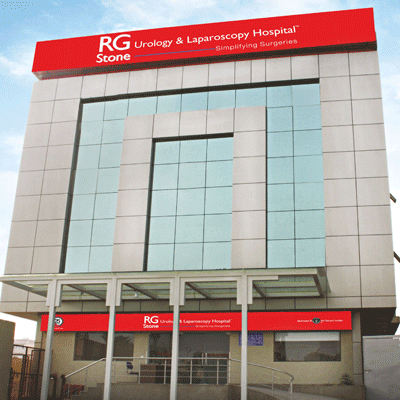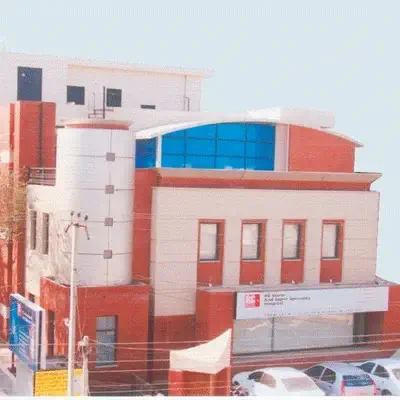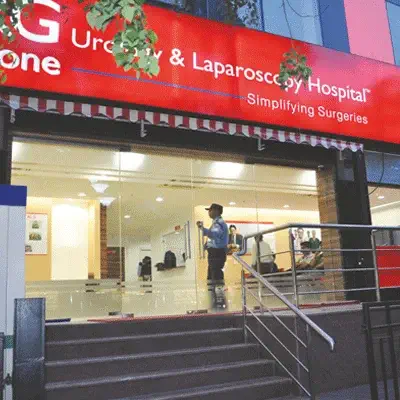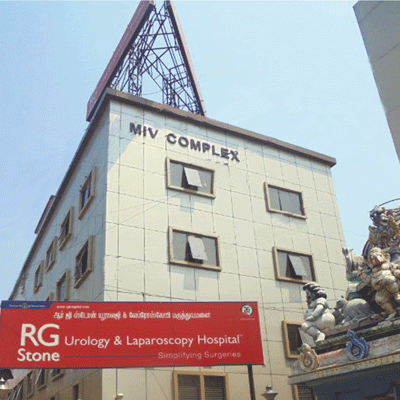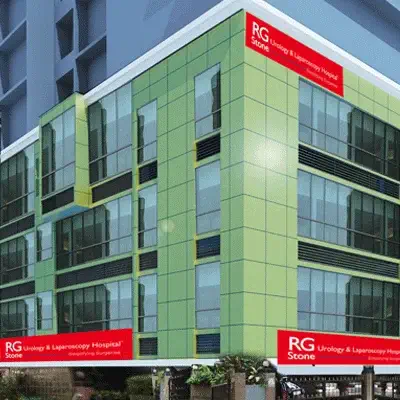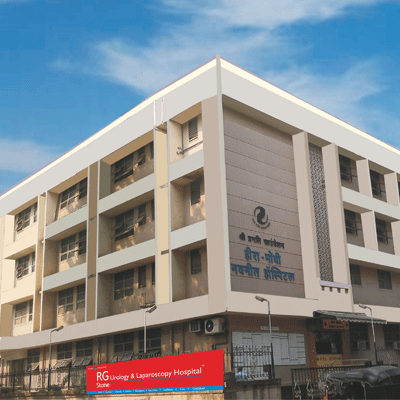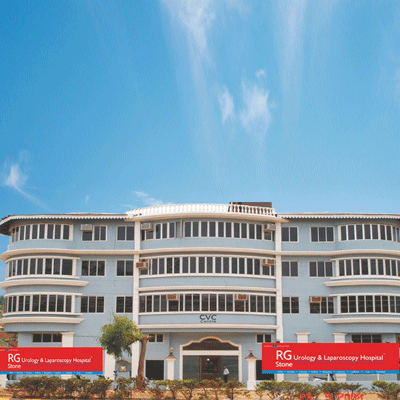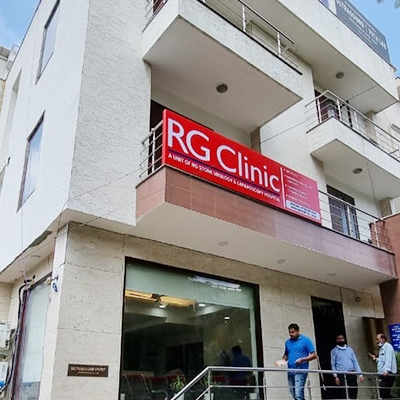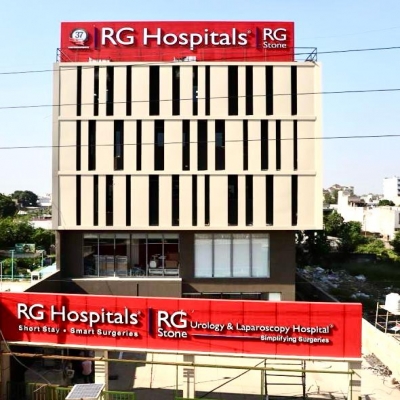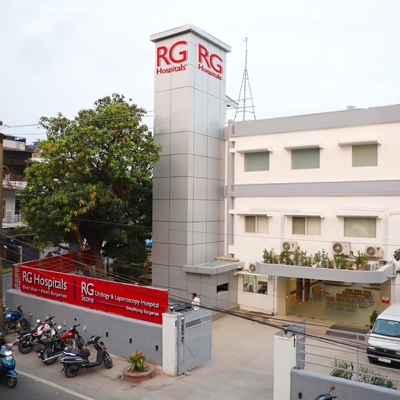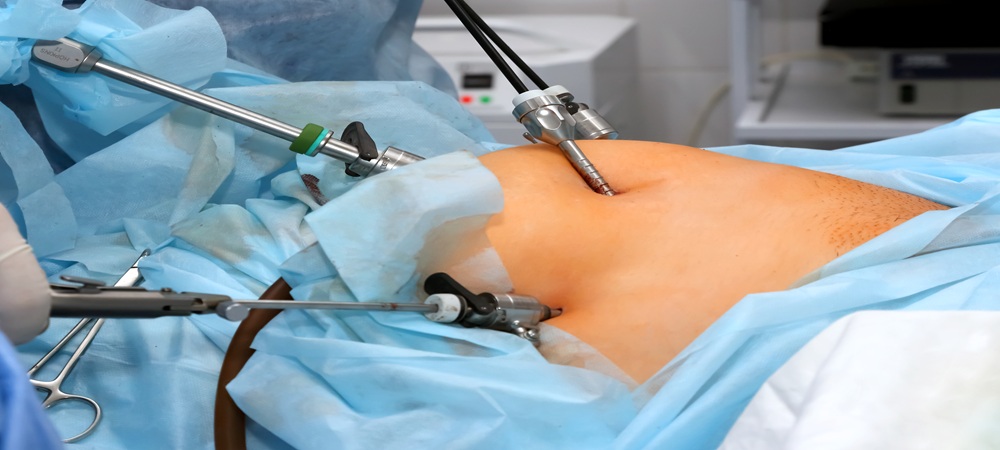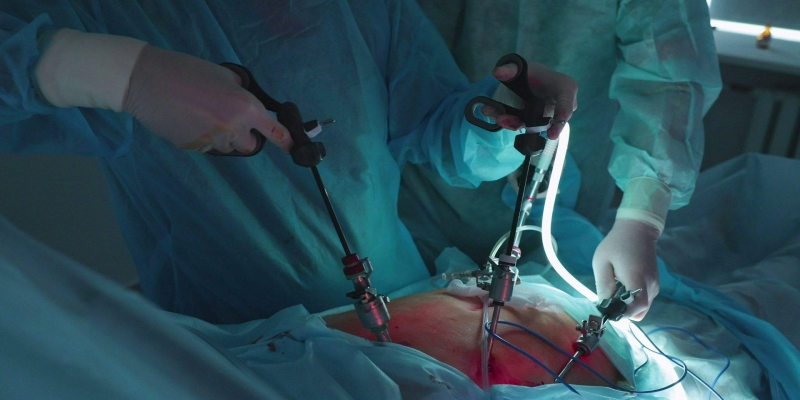Bariatric Surgery - Causes, Symptoms, Diagnosis
Bariatric surgery is often recommended for individuals struggling with severe obesity when lifestyle changes and traditional weight-loss methods have proven ineffective. The primary causes of severe obesity include genetic factors, hormonal imbalances, and metabolic disorders. In some cases, psychological factors such as emotional eating and stress can contribute to excessive weight gain. Chronic conditions like Type 2 diabetes, heart disease, and sleep apnea may also exacerbate the need for surgical intervention. Bariatric surgery addresses the
Symptoms and Diagnosis
Patients seeking bariatric surgery typically present with symptoms such as excessive weight gain, difficulty in performing daily activities, and obesity-related health conditions like hypertension, diabetes, and joint pain. A thorough diagnostic evaluation is essential to determine the appropriateness of surgical options. This assessment usually includes a comprehensive medical history, physical examination, and diagnostic tests such as blood work and imaging studies. Additionally, psychological evaluations and consultations with nutritionists may be conducted to ensure that patients are prepared for the lifestyle changes post-surgery. This multi-faceted approach helps in tailoring a personalized treatment plan and maximizing the long-term success of bariatric procedures.
Procedures & Interventions
This procedure involves creating a small stomach pouch and rerouting the small intestine to connect to the pouch. By reducing the stomach size and bypassing a significant portion of the intestine, it limits food intake and reduces nutrient absorption. This leads to substantial weight loss and improved control of obesity-related conditions like diabetes.

This procedure involves creating a small stomach pouch and rerouting the small intestine to connect to the pouch. By reducing the stomach size and bypassing a significant portion of the intestine, it limits food intake and reduces nutrient absorption. This leads to substantial weight loss and improved control of obesity-related conditions like diabetes.




Team of Excellence
Behind every recovery story at RG Hospitals is a team of exceptional doctors whose passion for healing and innovation continues to transform healthcare and redefine patient outcomes.
Find a DoctorLooking for an Expert
RG Hospitals is proud to be the home of some of the world's most distinguished doctors.

Patient Stories
View AllPatient Testimonial | Commitment To Care
Treated by Dr. Manoj Gupta , RG Stone Hospital, Dehradun
- All Locations
- New Delhi
- Haryana
- Punjab
- Kolkata
- Chennai
- Mumbai
- Goa
- Uttar Pradesh
- Uttarakhand


